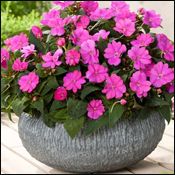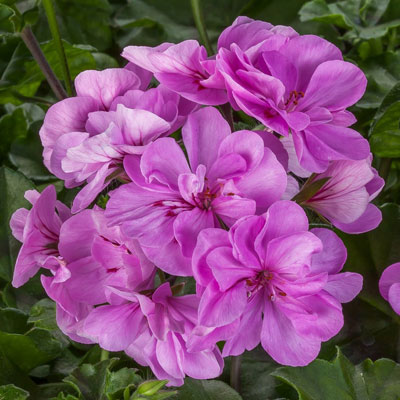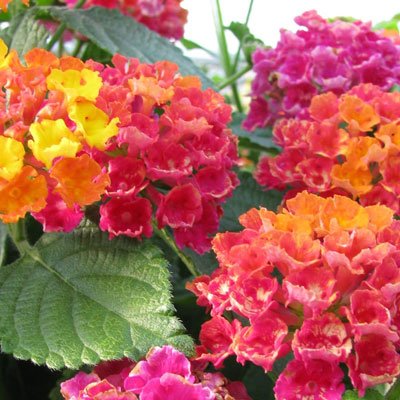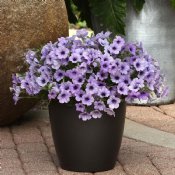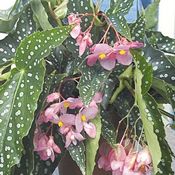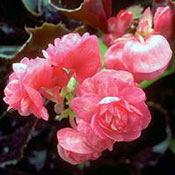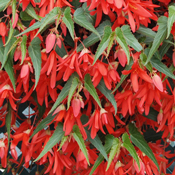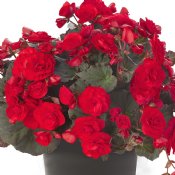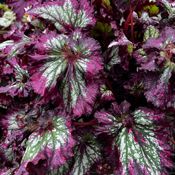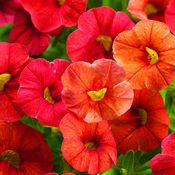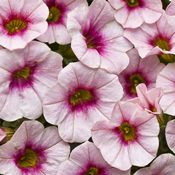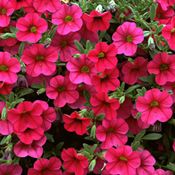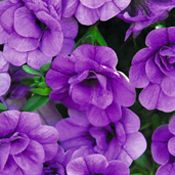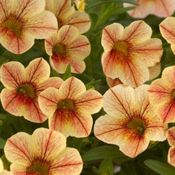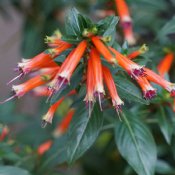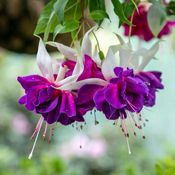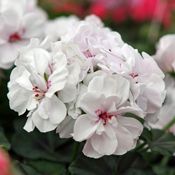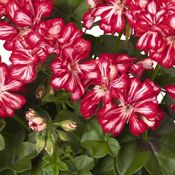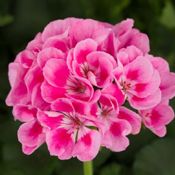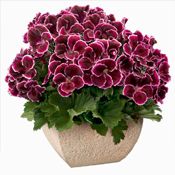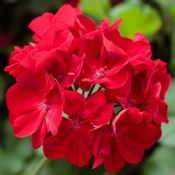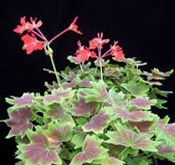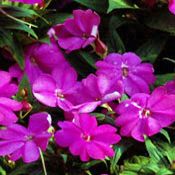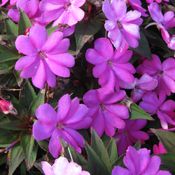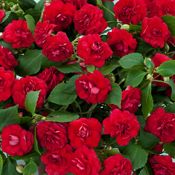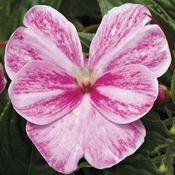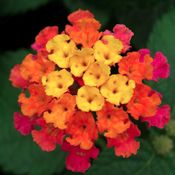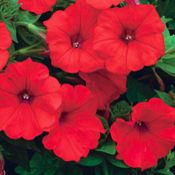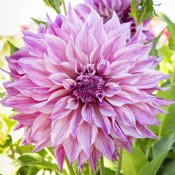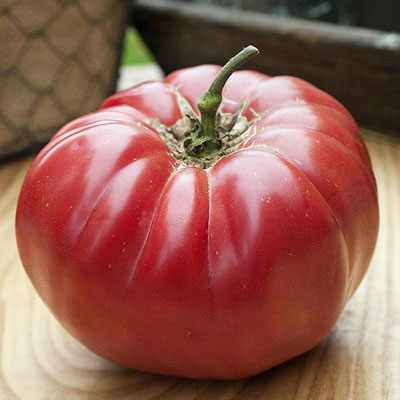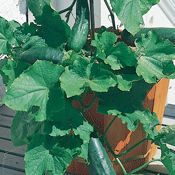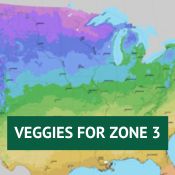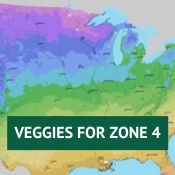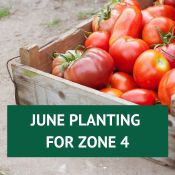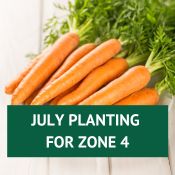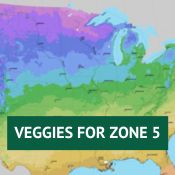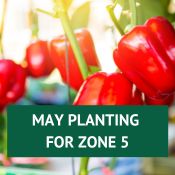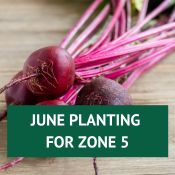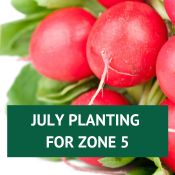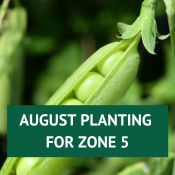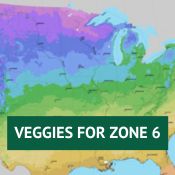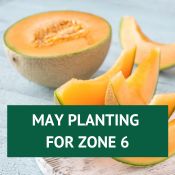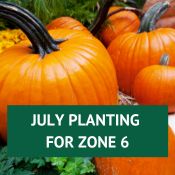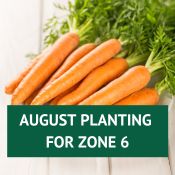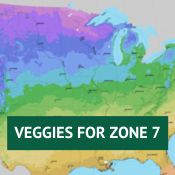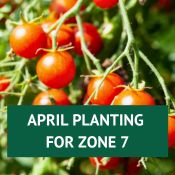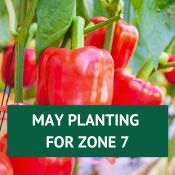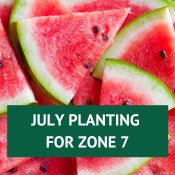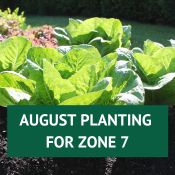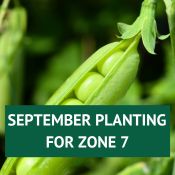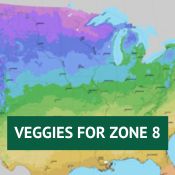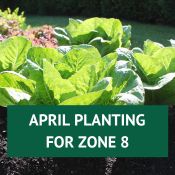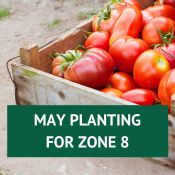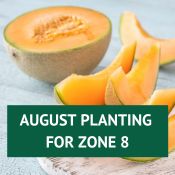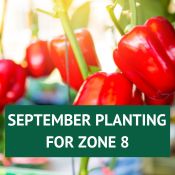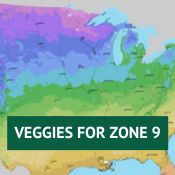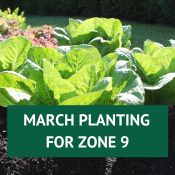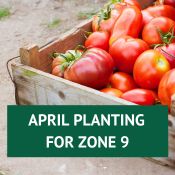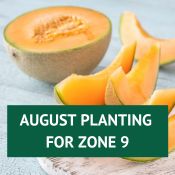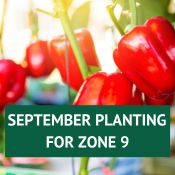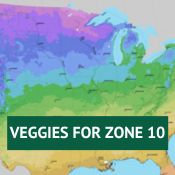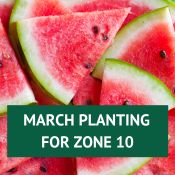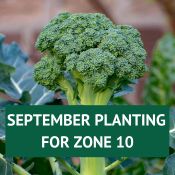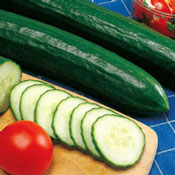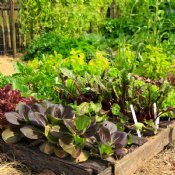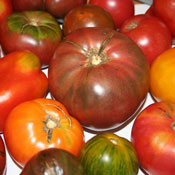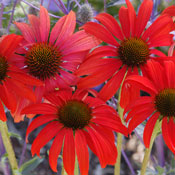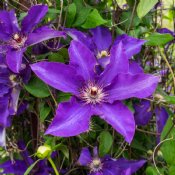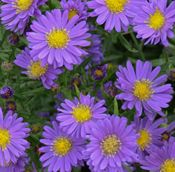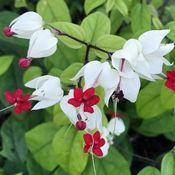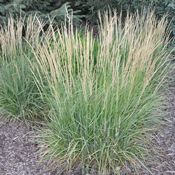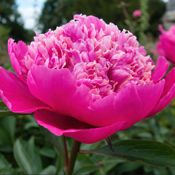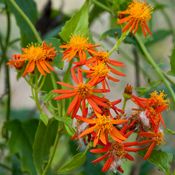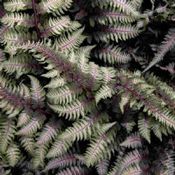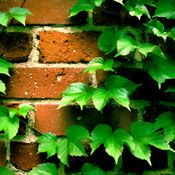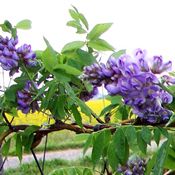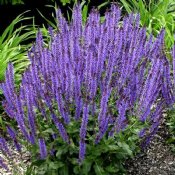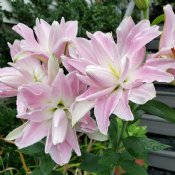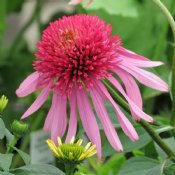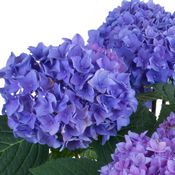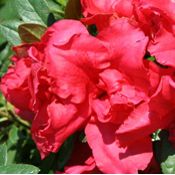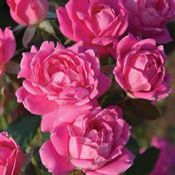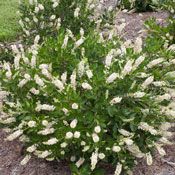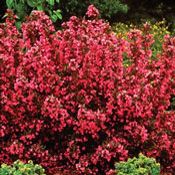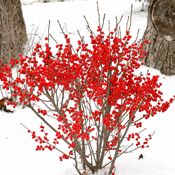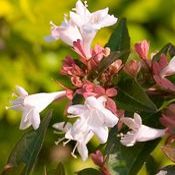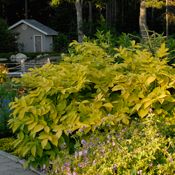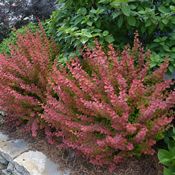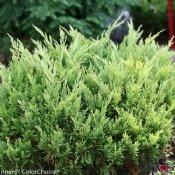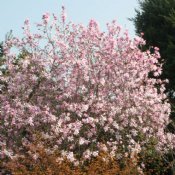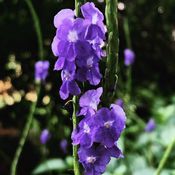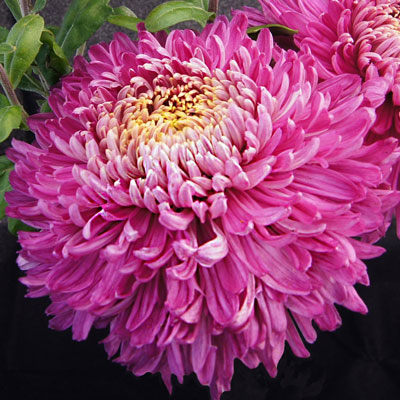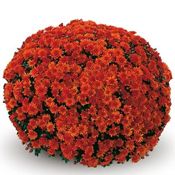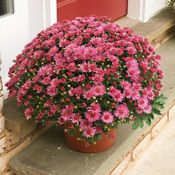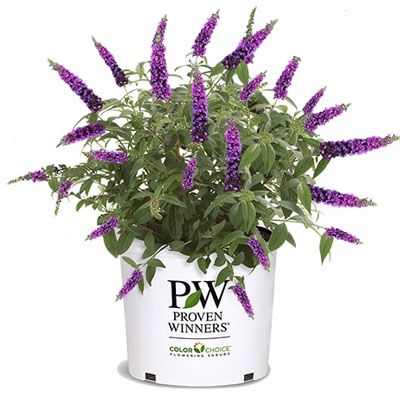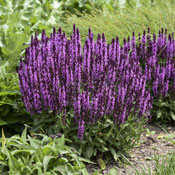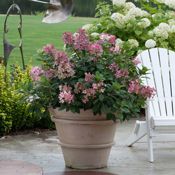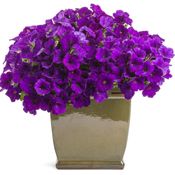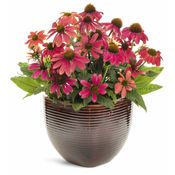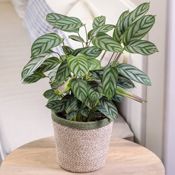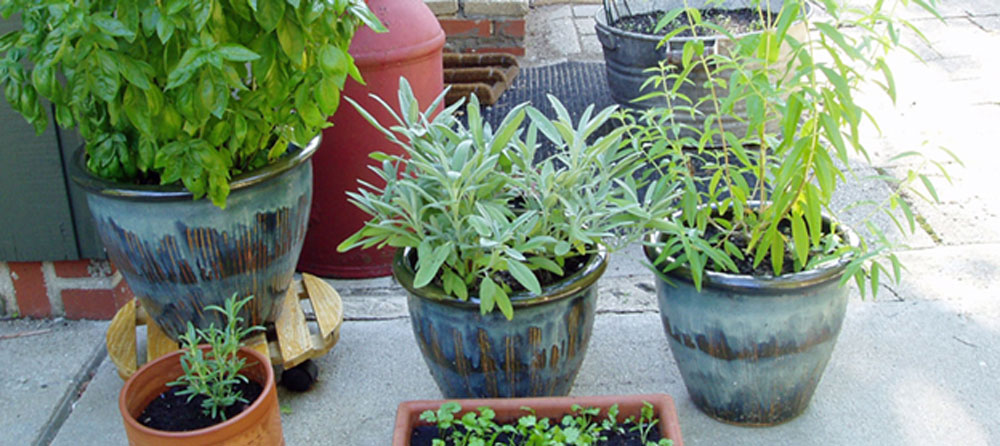
Got Herbs? During the pandemic, many foodies turned to fine-tuning their culinary skills so that they could still enjoy the elevated dishes they were used to when dining out. Now, with grocery prices skyrocketing, the average home cook is looking for ways to prepare more imaginative meals for their families, rather than spend the dollars for restaurant dining.
All of this has increased the use of fresh herbs, which is the best and easiest way to elevate even the most mundane dish. However, fresh herbs are expensive and you will most likely never use the rest of that fresh dill, thyme, rosemary, or cilantro that you purchased for a particular recipe. What a waste! The answer? Grow your own!
The first thing you need to do when you’re choosing herbs for container gardening is to get your hands on some containers … any container will do; as long as you have one that allows for drainage, you can use it to grow herbs. You can, of course, buy containers, but we’ve found that a day going to yard sales or to thrift stores is not only fun, but can reward you with a collection of varicolored, unique shapes, and sizes of potting containers in which to grow your fresh herbs. If the drainage trays are missing, you can buy clear plastic drainage trays for a ridiculously low price at your local dollar store.
Most herbs will grow with as little as 4 to 6 hours of filtered sunlight and will thrive on a windowsill that gets full sun. Make sure you turn your herb plants regularly to encourage even growth, as they tend to reach for the sun. You say you don’t have a window that gets full sun…or don’t have a window at all? Buy a grow light! They can be relatively inexpensive, can be hung right under your upper kitchen cabinets or from a ceiling hook, and they don’t use a lot of electricity. The bonus is that this grow light will do double duty as a bright night light.
It’s also wise to only water when the top inch or so of the soil is dry. You can test this by pushing your finger into the soil about half way between the edge of the pot and the main stem of the plant. If it is dry, then water thoroughly. Many more plants die from over-watering than do from under-watering, so don’t kill your herbs with kindness and empty that drain tray as soon as the water has quit draining through.
Herbs for Container Gardening
These 10 herbs are the top choices for container gardens. They will all grow according to the size of container they’re in, so you can grow them as big or as small as you want. Grow enough to freeze or dry if you wish—partially dried herbs will keep in the refrigerator for weeks. Fresh herbs, already potted or cut and tied with a bit of ribbon, also make attractive, delightful, and thoughtful gifts. You can pair the potted herb with a recipe your friend or family member has been bugging you for, or you can use a bundle of tied herbs as a bow for a gardening gift. Use your imagination!
Basil
You can use this herb fresh in salads or make a bright pesto. You can add it to your favorite Italian dishes or try Lime or Opal Basil to flavor ice cream. Genovese Basil is closest to the ‘classic’ Basil you’re probably familiar with, while Greek Columnar Basil looks like a small, ornamental, fully branched tree. Basil can be difficult to germinate, so we recommend you start with seedlings, as opposed to seeds. All of our herb seedlings are organically grown.
Chives
You can add Chives to anything you would normally add onions to, though they are most often used in salads. Chives will impart a more subtle flavor than onions along with a nice bit of color that yellow and white onions are lacking. Add fresh Chives to scrambled eggs, sour cream or Greek yogurt dips, soups, and more. Chive blossoms make a very appealing, colorful, edible garnish.
Cilantro
Prized for its pungent, sharp aroma and flavor, Cilantro-Santo is a favorite in Mexican cuisine. This variety does not produce many seeds. Cilantro seeds germinate easily right in the garden or pot. Harvest the outside leaves first. Cilantro tends to lose its strength of flavor when dried, so use it fresh or freeze it…or double the amount called for in the recipe if you prefer to dry it. Coriander is the Cilantro seeds. You never need much for a recipe, so this variety should serve you well
Dill
For container growing, we recommend Fernleaf Dill. It grows to a maximum height of 18 inches. You can use the leaves in salads and vinegars, while its seeds are great for adding flavor to breads, pickles, stews, and rice. A dill garnish, complete with yellow blossoms, can make even your simplest meal more attractive. Dill does not grow back once harvested, though it can re-seed if the seed heads are left to mature.
Mint
This prolific grower is the ultimate container herb, even if growing it outdoors. As anyone who has grown mint can tell you, it will take over any pot or garden spot it’s grown in, in relatively short order. Some herbs can share containers, not so with mint. However, it can make a prolific and aromatic ground cover for a shady, moist place outside. You have any number of varieties to choose from: Chocolate, Orange, Peppermint and Spearmint are just a few. Experi-MINT! Its leaves are edible, raw or cooked, and they are amazingly aromatic. Try Mint leaves in iced tea or make a delicious hot tea. It is fantastic when added to yogurt or smoothies and can make your daily water intake more pleasurable.
Oregano
For culinary use, we recommend Variegated Oregano, which is a colorful addition to Mediterranean, Cuban, and Asian cuisine. This variety of Oregano will trail over the sides of its container but will only reach about 12 inches in height. You can elevate just about any dish with this versatile herb. Absolutely yummy in soups and stews, you may want to make a scrumptious garlic and Oregano Pesto or amp up your tomato sauce recipe with some fresh Oregano.
Parsley
Flat leaf Parsley varieties are said to have more intense flavor for cooking, but our Triple Curled Parsley plant is especially comfortable when grown in containers, even if grown indoors. You can combine the two in one planter for a more dramatic and much fuller look, as well as getting a ‘two-fer’, so to speak. Parsley is at its best when used fresh, adding a colorful garnish to almost every dish. Just the simple act of adding a garnish can elevate a commonly served dish. It freshens breath when chewed, too!
Sage
Most often used with poultry, we suggest you try pairing Sage with white beans, apples, or green vegetables; you may be totally amazed at the unexpected flavor this herb adds. Berggarten Sage does not flower and adapts very well to container gardening. Additionally, its thick, textured, and uniquely colored leaves add variety to the collection in your herb garden, be it on your countertop or on your patio. If you have an exceptionally sunny window or balcony, we highly recommend our Pineapple Sage plant. It smells like fresh-cut pineapple, produces gorgeous red flowers, and will even attract hummingbirds.
Tarragon
This perennial herb doesn’t start well from seeds, so we recommend you start with seedlings. French Tarragon is very adaptable to container growth, with a wonderful licorice-like flavor. Tarragon will grow well in partially shady areas but will do best with midday sunlight. Try adding fresh Tarragon to tuna or chicken salads, lemon-roast chicken, and as a substitute when the recipe may call for fennel.
Thyme
You have choices when growing thyme, and we recommend you grow these three: English Thyme, French Thyme, and Lemon Thyme. They all have a slightly different flavor, can be trimmed to keep a compact shape, are drought-tolerant, and interchangeable in any dish that calls for fresh Thyme. Well-draining soil and lots of sun will produce the best results, even in salty environs. However, we highly recommend that you purchase seedlings; thyme seeds tend to germinate slowly, if at all.
So, decide which fresh herbs you would like to, or need to grow…and then go container hunting! We suggest you select a number of containers of varying sizes with complementary colors. Then, arrange and rearrange them; use your imagination for how to fit them into your décor and to incorporate them into your recipes. Then, have some fun, play in the soil, and get planting! You’ll be so very happy that you did!

